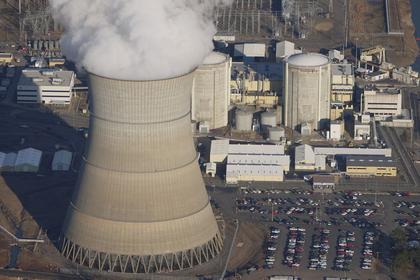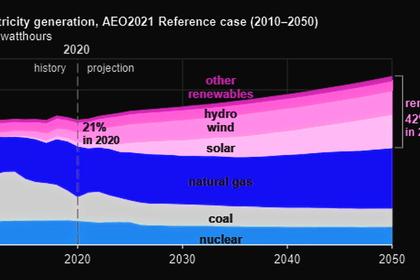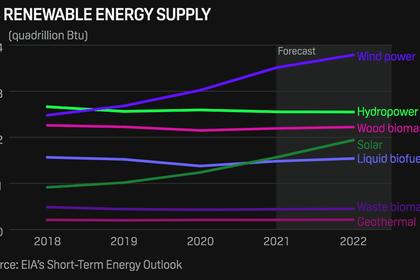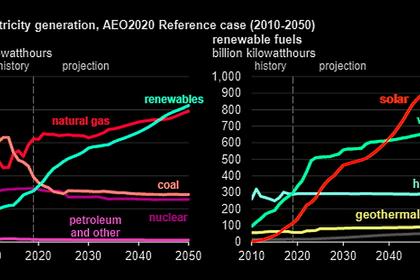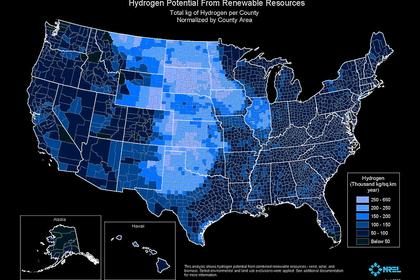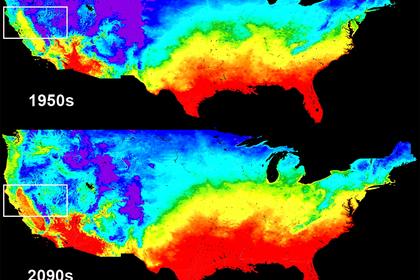
U.S. OFFSHORE WIND WILL UP
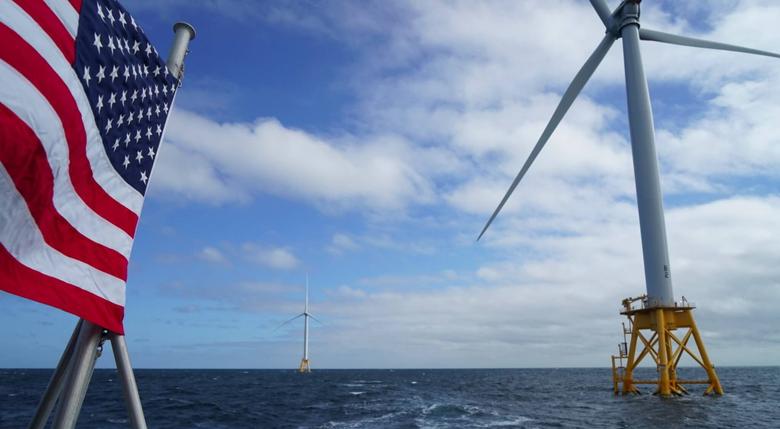
By Tariq Siddiqui COO Upstream EP Advisors LLC
ENERGYCENTRAL - Feb 22, 2021 - Why Push Offshore Wind?
Of all the renewable technologies, available, offshore wind offers a best chance at a utility level scale, that can support a significant baseload. Thanks to government incentives, technological advances, economy of scales, reduction in cost, low interest rates and pressures on energy companies to transition towards cleaner energy, today, European offshore wind is a mature industry with more than 22 GW by end of 2019. So, what about prospects of offshore wind energy in USA?
The US offshore wind market is expected to grow several-fold increase in capacity, from 2020 levels of (42 MW) to estimated ~28 GW by 2030 from at least 35 projects in the development pipeline in the North Eastern United States and west coast1 . As international experience indicates, the governments incentives and support will also be crucial for incentivizing the investment in the emerging US offshore wind industry. Globally, several incentive options have been used, but here, we will mostly focus on Feed-In tariffs (FIT) and renewable portfolio standards (RPS) as a policy tool for accelerating the development of renewables in US.
History of FIT
The seventies decade brought two major events, that pushed the search for alternatives to fossil fuels; the climate change initiatives and need for energy security after 1973 Arab Oil embargo. President Nixon established Environmental Protection Agency (EPA) in 1970 and President Carter passed first of several bills on Solar energy in 1974.
The Public Utility Regulatory Policies Act (PURPA), passed in 1978 is considered first Feed-In Policy act requiring utilities to buy electricity from qualified facilities (QF); generally small renewable facilities supplied by hydropower or wind. They become known as PURPA machines, as they were not economic without the government incentives2. The policy was successfully used in Germany, Spain, UK and Denmark, and today is used in over 50 countries3.Germany borrowed the idea from US in Eighties, and introduced Feed-In Tariffs (FIT) in 1991. Reeling from aftermath of Chernobyl crisis, and political push for clean energy, the FIT gave Germany the economic basis, and the first commercial scale power.How Does FIT WorkThe common features of successful FIT typically have three elements:
- Guaranteed access to the power grid
- Stable long-term purchase agreement
- Payments based on Levelized-Cost of Electricity (LCOE)
There are two FIT structures or options that are most common:
- Fixed-Price
- Premium-Price
- Fixed-Price: In this option, FIT payment to the project remains independent from the market price, and is a predetermined payment for a guaranteed period of time. Because fixed-price FIT policies offer market-independent payments, they create stable conditions for investors (see: slide Fig A). This risk reduction can lead to lower project-financing costs
- Premium-Price Under a premium-level FIT option, the project owner receives payment for the total electricity generated (at market prices), as well as a FIT payment. The premium FIT payments can be either non-variable or variable
- Non-Variable premium option although simple (Slide: Fig B), it risks resulting in windfall profits for developers if spot-market prices for electricity are high. Similarly, if electricity prices are low, the investor return would be at risk, increasing project-financing costs
- Variable premium option is the “spot-market gap” model common in Netherlands. it is a hybrid between the fixed-price and the premium-price options (Slide: Fig C). In this approach, the government guarantees that projects will receive a predetermined, minimum total payment. Because the FIT payment covers the difference between the spot- market price and the required FIT price, the actual FIT payment fluctuates over time, covering the “gap” between the two. If the retail price rises high enough, the FIT payment can go to zero.
Pros & Cons of FIT In USAThe variable-premium (spot-gap) seems better Fit policy options for US regulatory context:
- Offers a transparency in policy
- If electricity prices rise beyond certain level, it can be zero
- Finally, it represents fluctuating nature of renewable electricity
The main challenges are:
- Unlike EU, the spot market prices may vary from state-to-state
- Complexity of its implementation pushes the cost of administrating the FIT.
Does FIT Differ or Conflicts From RPS?In US, the Renewable Portfolio Standards (RPS) are the incentive policy at the state-level. The question, whether it replaces or conflicts, is natural, however, the experts believe that the “two policies can be structured to work together4.” Although design details of each option will provide clear answer.According to National Renewable Energy Laboratory (NREL), a laboratory of Department of Energy (DOE), It is important understand the main differences between FIT and RPS policies to understand their potential relationship to each other. RPS mandatesprescribe how much customer demand must be met with renewables, while properly structured Feed-In Tariff attempt to support new supply development by providing investor certainty.FIT Implementation / Complement to RPSRPS policy in US, incentivized estimated 9.0 GW of renewable power between 1998 – 2007. Several states have implemented policies with features similar to FIT policy. Although more work may be needed depending on state by state policies, the FIT provides, synergies and overcome challenges of RPS5. These are:
- Project-financing support
- Cost-effective procurement mechanism
- Hedge against project delays and cancellations.
- Focus on “reasonable-cost” renewables.
- Assured support for emerging technologies.
Lessons learntIn the European Union (EU), FIT policies have led to the deployment of more than 15,000 MW of solar photovoltaic (PV) power and more than 55,000 MW of wind power between 2000 and the end of 2009. The critics said that subsidies in feed-in tariffs were excessive and could cause consumer backlash. Spain, had very generous subsidies for renewables, much more overcapacity was built causing financial overburden on the government, and subsidies were finally reduced substantially. The nascent US offshore wind industry can significantly benefit from these enabling policies. I engineered properly, they will fast-track OSW developments, helping consumers, utilities, developers, innovators and investors alike in solving the energy security concern and the climate change threats.
References/Citations
- 4C Offshore: Marine Consultants.
- Yergin, D: "The Quest. Energy Security and the Remaking of the Modern World", 2012
- Cory, K., Couture, T., & Kreycik, C.; “Feed-in Tariff policy: Design Implementation, and RPS policy Interactions”. Technical Report: NREL/TP-6A2-45549, March 2009.
- Grace, R. C.; Rickerson, W.; Corfee, K. (2008). “California Feed-in Tariff Design and Policy Options,” prepared for the California Energy Commission. Publication number: CEC-300-2008- 009D, September 2008.
- Cory, K., Couture, T., & Kreycik, C. & Williams, E.; “A Policy Makers’ Guide to Feed-In Tariff Policy Design”. Report: NREL/TP-6A2-44849, July 2010.
-----
This thought leadership article was originally shared with Energy Central's Energy Collective Group. The communities are a place where professionals in the power industry can share, learn and connect in a collaborative environment. Join the Energy Collective Group today and learn from others who work in the industry.
-----
Earlier:

